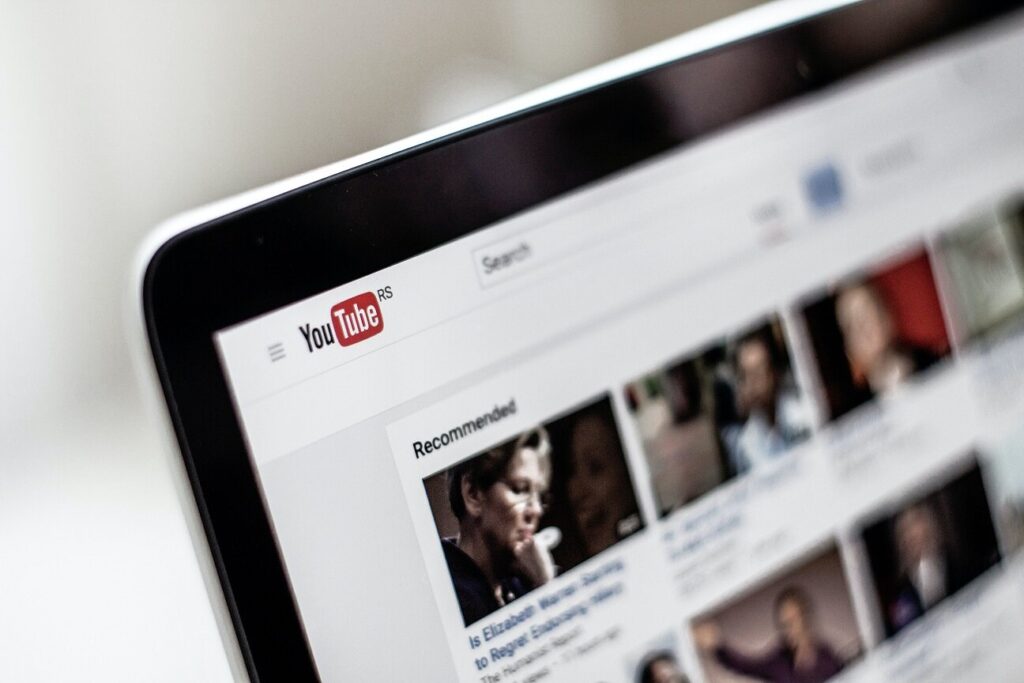We’ve all been there. You’re planning to catch up on your favorite show and then find that the captions are out of sync, moving well behind or ahead of the audio. Or it’s just lines and lines of garbled text. Or there are no speaker IDs. Or proper punctuation. Or the captions are placed over the news anchor’s face.
It’s aggravating, and probably will make you want to voice your frustrations. And that’s exactly what you should do.
As a consumer, you have the power to make a difference. If you’re unsatisfied with the quality of captioning on a particular channel or program, you can help remedy the problem.
Networks are required by law to caption almost all programming, and your cable provider is required to ensure those captions get to your house. All stations and cable companies are required to provide a captioning contact on their website and cable bill.
If you see a television program that has no captions, missing captions, delayed captions, or captions that generally are unreadable, it’s a good idea to write to your stations first and alert them of the issue.
If there is no response, you can file a complaint with the Federal Communications Commission (FCC).
The FCC has in place rules for TV closed captioning that address caption quality and ensure that viewers who are deaf and hard of hearing have full access to programming. The FCC rules state that captions must be accurate, complete, properly placed, in sync with their corresponding spoken words and sounds, and displayed at a speed that can be read by viewers.
The FCC complaint form will ask for your name, email address, and description of the problem. It also will ask for specific information, such as the name of the program you tried to watch, the date and time you tried to watch it, the network/channel you were watching, and a description of the captioning problem.
Filing a complaint about the quality of captions you see is a way to alert your stations or the FCC of a problem that all parties (the commission, broadcaster, network, and captioning provider) can work through to find a solution. It also enables the FCC to collect data on specific errors or issues in regards to caption quality and accuracy and, if they see a continued trend or unusual number of complaints on a certain topic or from a certain broadcast market, spur officials to conduct closer investigations.
Once a complaint is submitted, the FCC will evaluate the concerns and contact you if more details are needed. They then will reach out to the programmer, TV station, or caption vendor with the complaint. The investigation process can take one to two months.
The FCC has been keeping close tabs on accessibility concerns in recent months and, in response to the coronavirus pandemic, reminded video programming distributors (broadcasters, cable operators, satellite television services, and others) of the rules requiring accessible emergency information on television. The reminder also provided information for consumers on how to file complaints for networks/channels not complying with this obligation.
As background, the FCC defines “emergency information” as critical details regarding the emergency situation, the protection of life, health, safety, and property, and how to respond. Examples of the types of emergencies covered by the rule include tornadoes, hurricanes, floods, earthquakes, pandemics, heavy snows, widespread fires, civil disorders, and school closings, among others.
From a captioning perspective, the commission requires that emergency information provided in a program’s audio (including breaking news segments) also must be accessible to persons who are deaf or hard of hearing via closed captioning or other methods of visual presentation, including open captioning, crawls, or scrolls that appear on the screen. These methods, however, should not block any closed captioning and vice versa.
Accessible, readable captions aren’t a privilege – they’re a right. And one of the ways to bring about change in the quality of captions you see on air is to let your voice be heard.




